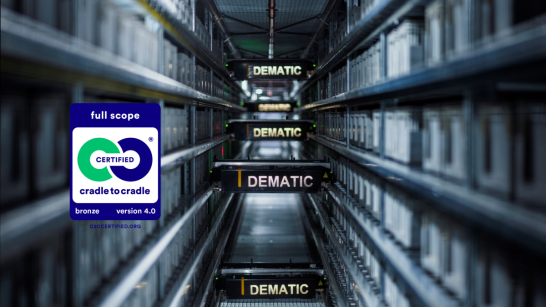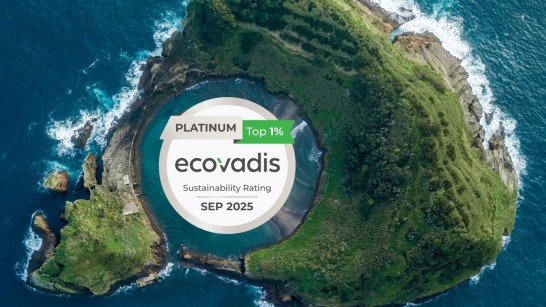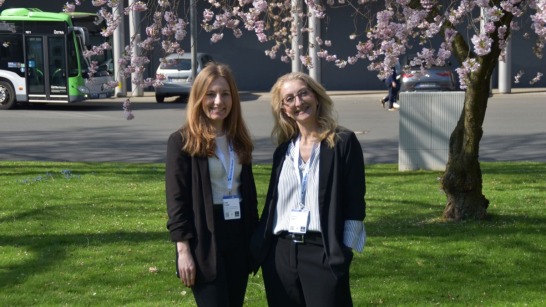
The Dematic Multishuttle® 2 is officially Cradle to Cradle Certified® Bronze
July 24 marks Earth Overshoot Day for 2025. As of today, we have already used up all the resources that our planet can regenerate in a year. The overall trend shows that this date is arriving earlier each year. Our overuse of natural resources is leading to deforestation, biodiversity loss and the accumulation of carbon dioxide (CO₂) in the atmosphere.
The manufacturing industry also plays a role in this and companies such as KION are looking for ways to operate more sustainably. With its commitment to the Science Based Targets Initiative, KION aims to reach net-zero emissions across its entire value chain by 2050 at the latest. Colleagues around the globe are addressing the challenge by integrating sustainable practices into every aspect of their work, from product design to customer service.
2025-07-24





